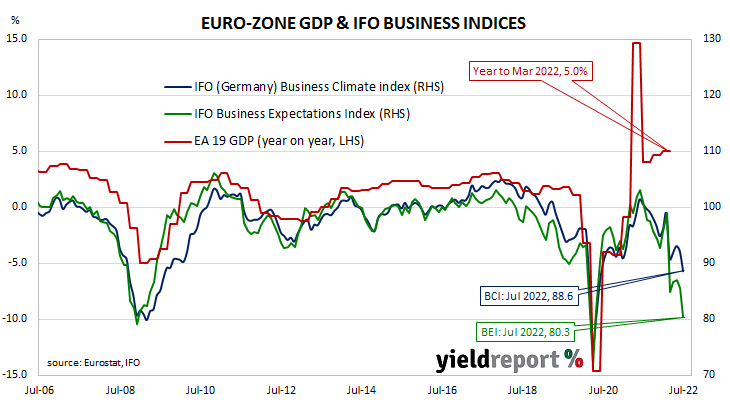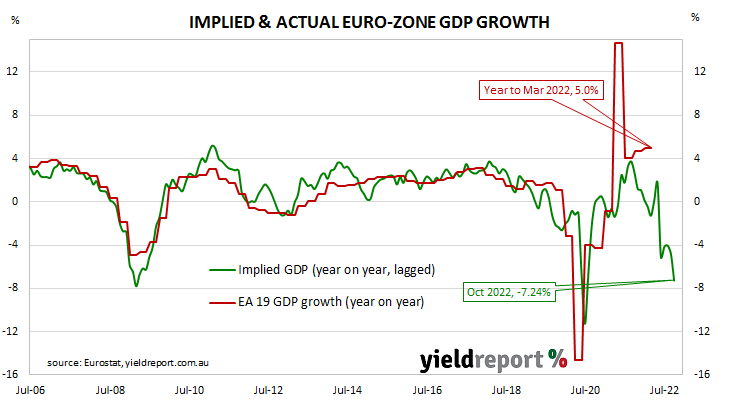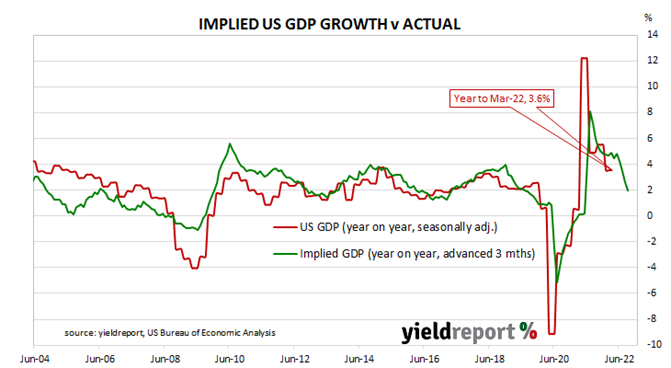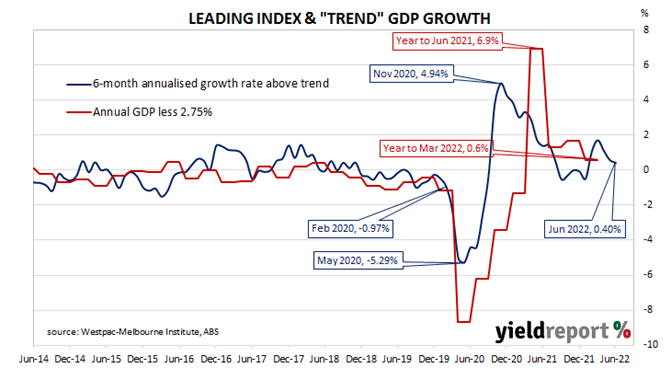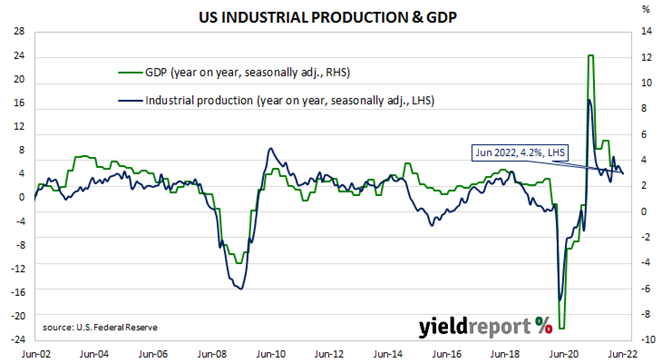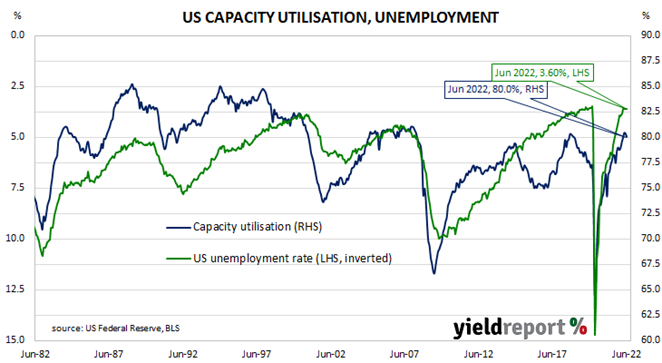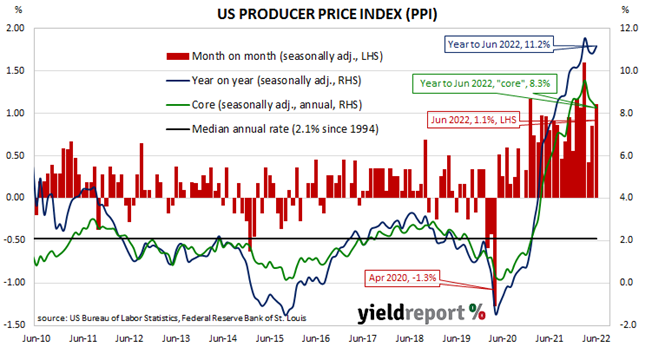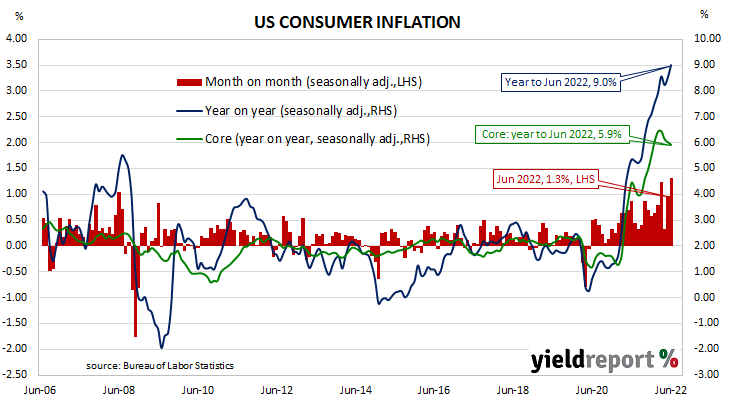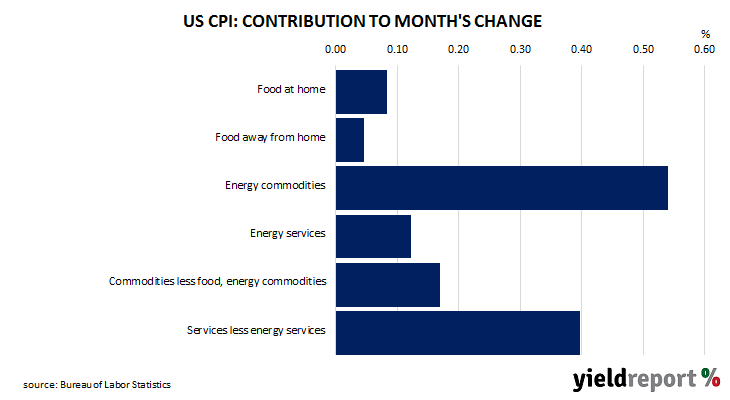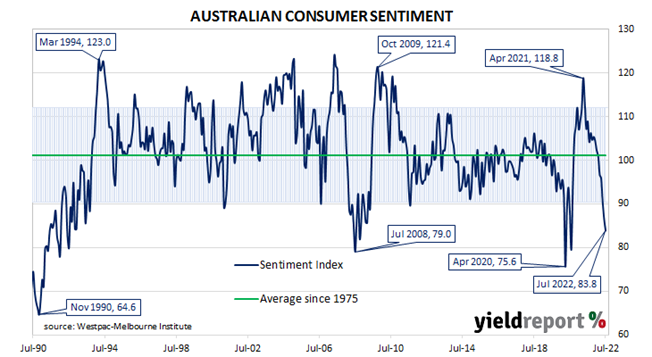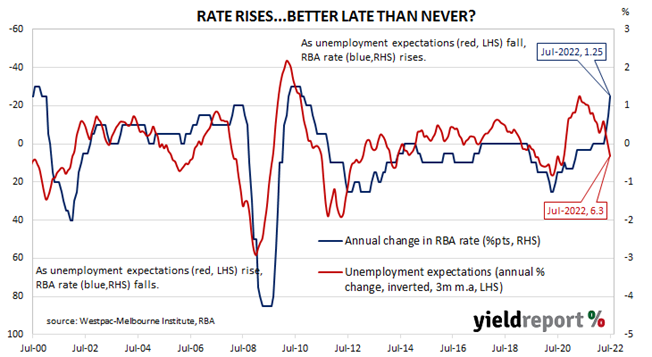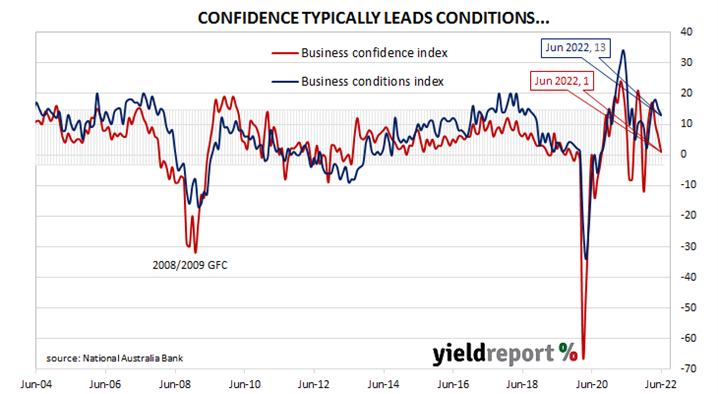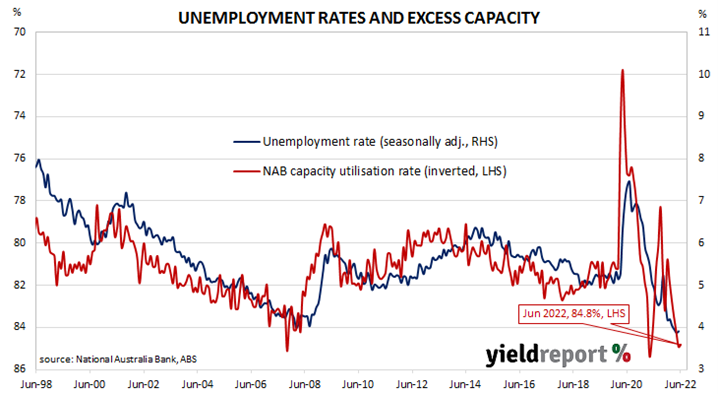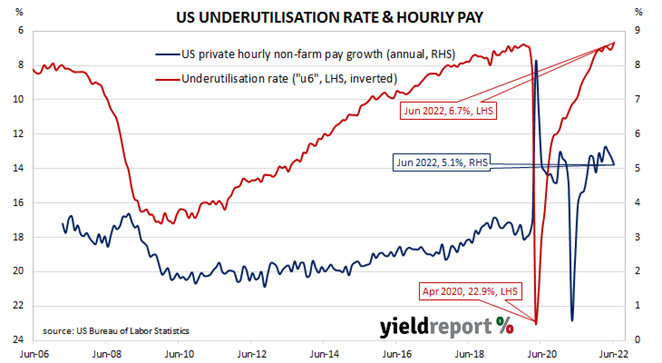Summary: ifo business climate index down again in July, well below expected figure; current conditions index, expectations index both down; Germany “on cusp of recession”; improvement difficult to see given elevated energy prices, further reductions in energy supply; expectations index implies euro-zone GDP contraction of 7.2% in year to October 2022.
Following a recession in 2009/2010, the ifo Institute’s Business Climate Index largely ignored the European debt-crisis of 2010-2012, mostly posting average-to-elevated readings through to early-2020. However, the index was quick to react in the March 2020 survey, falling precipitously. Readings through much of 2021 generally fluctuated around the long-term average before dropping away in 2022.
According to the latest report released by ifo, German business sentiment has deteriorated even further. July’s Business Climate Index recorded a reading of 88.6, well below the consensus expectation of 90 as well as June’s final reading of 92.2. The average reading since January 2005 is just above 97.
“Sentiment in German business has cooled significantly,” said Clemens Fuest, President of the ifo Institute. “Higher energy prices and the threat of a gas shortage are weighing on the economy. Germany is on the cusp of a recession.”
German firms’ views of current conditions and their outlook both deteriorated again. The current situation index fell from June’s revised figure of 99.4 to 97.7 while the expectations index decreased from 85.5 to 80.3.
German and French long-term bond yields both decreased modestly on the day. By the close of business, German and French 10-year bond rates had both lost 2bps to 1.02% and 1.61%.
“It’s difficult to see sentiment turning, with elevated energy prices and further reductions in energy supply as Russia announced plans to cut Nord Stream gas flows to 20% of capacity,” said ANZ economist Madeline Dunk.
The ifo Institute’s business climate index is a composite index that combines German companies’ views of current conditions with their outlook for the next six months. It has similarities to consumer sentiment indices in the US such as the ones produced by The Conference Board and the University of Michigan.
It also displays a solid correlation with euro-zone GDP growth rates. However, the expectations index is a better predictor as it has a higher correlation when lagged by one quarter. July’s expectations index implies a 7.2% year-on-year GDP contraction to the end of October.


